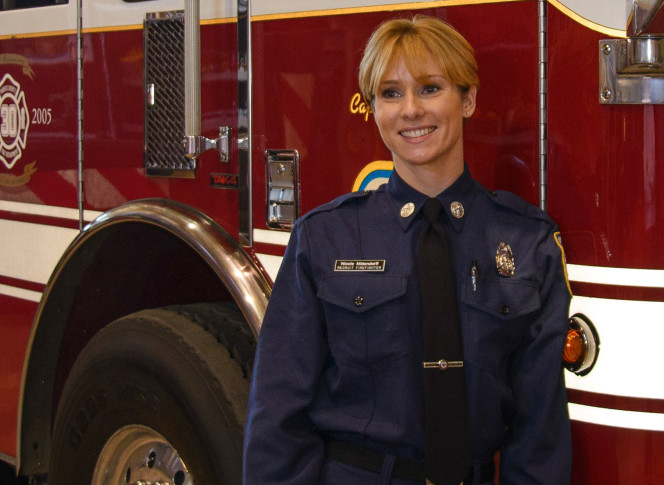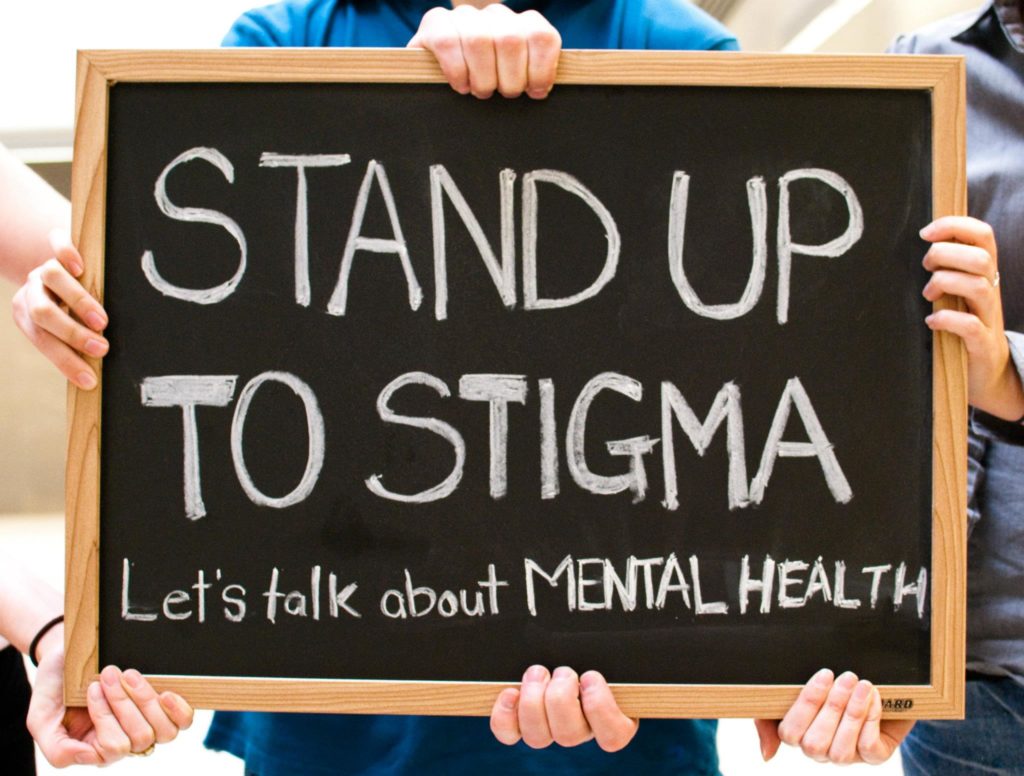By: Leckey Harrison, Retired Firefighter/EMT/Rescue, Certified Trauma Healing and Post-Trauma Growth Therapist.
SOUTH POINT, Ohio — The U.S. Fire Administration on Thursday announced the line of duty death of South Point Volunteer Fire Department Deputy Chief Carl Frederick Kleinman of COVID-19.
That’s the lead paragraph for an article, Ohio deputy chief dies of COVID-19, that was posted on FireRescue1.com on September 30, 2021. In the piece, the USFA (United State Fire Administration) noted that the chief contracted COVID-19 while responding to numerous emergency response calls.
So this COVID-19 virus death was reported as a line-of-duty death (LODD). I cannot imagine how. He was in the hospital, and briefly so. Yet, his death did not occur while going to, during, or returning from a call for service. Apparently there will be some discussion with state Fire Marshals about this determination, and rightly so.

Firefighter/Paramedic Nicole Mittendorff of the Fairfax County (Va.) Fire Rescue Department took her own life in April 2016 following online bullying and harassment by her fellow firefighter. Report: Bullying, harassment exists at Fairfax Co. Fire
Perhaps I’m the only one who’s noticed it, but there seems to a shift in what type of firefighter death is classified as a LODD. My common understanding is that firefighter LODDs are those that happened while going to, during, or returning from a call for service. Which is why NFPA rarely counts anymore than 1 or 2 suicides a year or once every few years, for firefighters. Most of them don’t occur while going to, during, or returning from a call for service.
Yet they still happen. North of 100 firefighter suicides every year.
In Suicides Among First Responders: A Call to Action, Hope M. Tiesman, PhD, et al, wrote:
“The recent Surgeon General’s “Call to Action to Implement the National Strategy for Suicide Prevention” highlighted suicides as a significant public health problem. In 2019, there were 47,500 suicide fatalities in the U.S. and an estimated 1.4 million suicide attempts. The causes of suicide are complex, with many personal, socio-demographic, medical, and economic factors playing a role. One potential risk factor is occupation and several occupations appear to be at higher risk for suicide, including first responders.”
My point is that if they want to call this chief’s untimely death a LODD, then every firefighter suicide every year needs to be accounted for in the same way. Right now those deaths are discounted, and they take more lives from the service than any other issue. Here’s more from Tiesman and her team of researchers:
“Law enforcement officers and firefighters are more likely to die by suicide than in the line of duty. Furthermore, EMS providers are 1.39 times more likely to die by suicide than the public. Studies have found that between 17% and 24% of public safety telecommunicators have symptoms of post-traumatic stress disorder (PTSD) and 24% have symptoms of depression. While telecommunicators are often the very first responders engaged with those on scene, research on their suicide risk and mental health has lagged.”
I want to see this change, because that’s the only way we’ll ever be able to move forward with healing the trauma that’s the root cause in many of these suicides. Firefighters and other emergency responders (e.g., law enforcement officers, EMTs and paramedics, and public safety telecommunicators, aka, dispatchers) to coroners need better education and tools to deal with the issues we face.
About the Author
Leckey Harrison is a retired firefighter/EMT/Rescue, and a certified trauma healing and post trauma growth therapist. He’s the founder and owner of Raise Your Resilience, LLC where he helps people to discover resources and empower them to heal themselves, by building a “toolbox” that contains neurological, physical, emotional and cognitive tools.
Harrison has helped emergency responders and veterans with PTSD, mothers that have experienced birth trauma, people who just want to mange stress, and people dealing with childhood trauma, move from lives that were unfulfilling to lives with connection, purpose, and pleasure – ready for the vastness of a fulfilling life. He can be reached at [email protected]. Follow him on Twitter, @RaiseResilience.
 Fire & EMS Leader Pro The job of old firefighters is to teach young firefighters how to become old firefighters!
Fire & EMS Leader Pro The job of old firefighters is to teach young firefighters how to become old firefighters!

